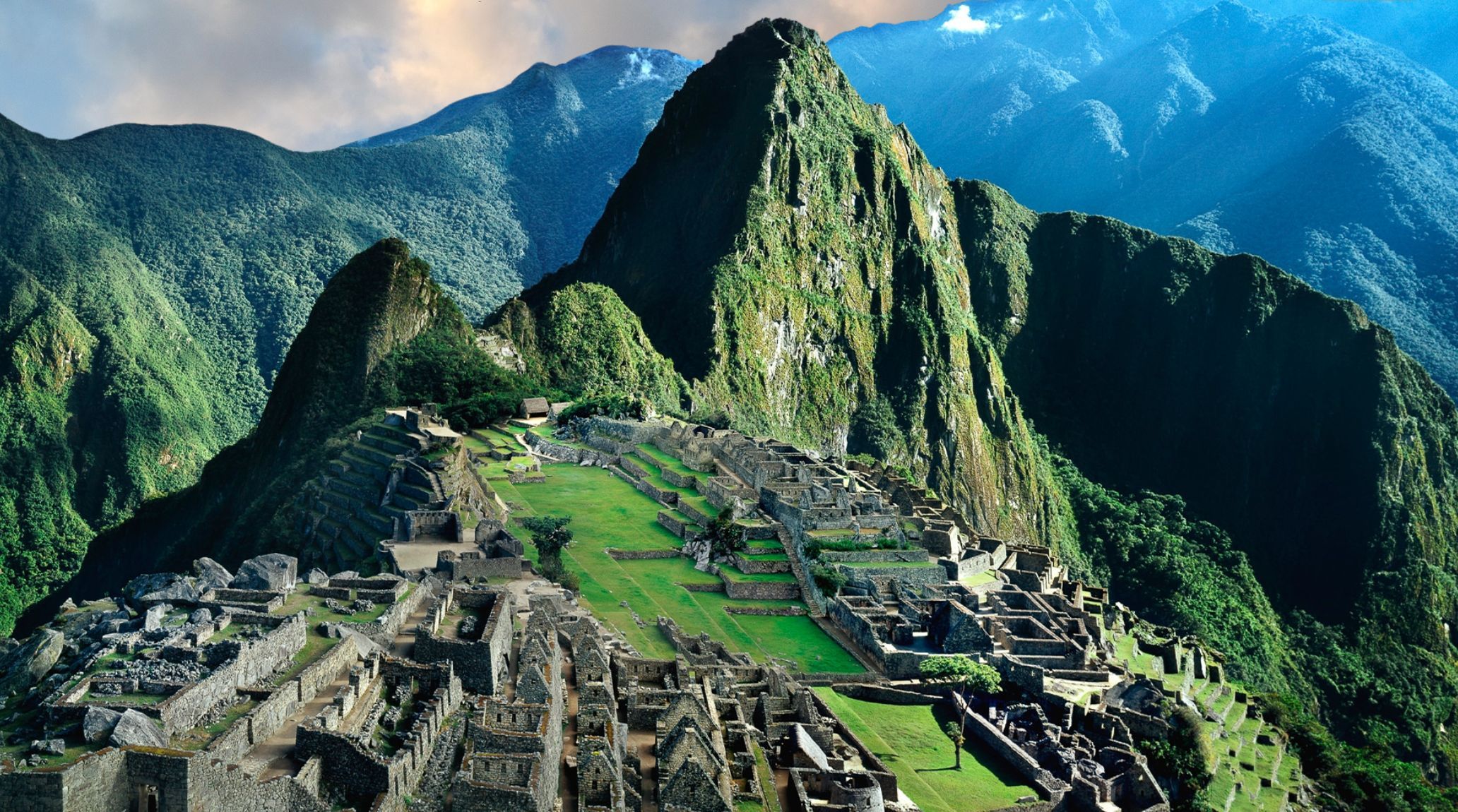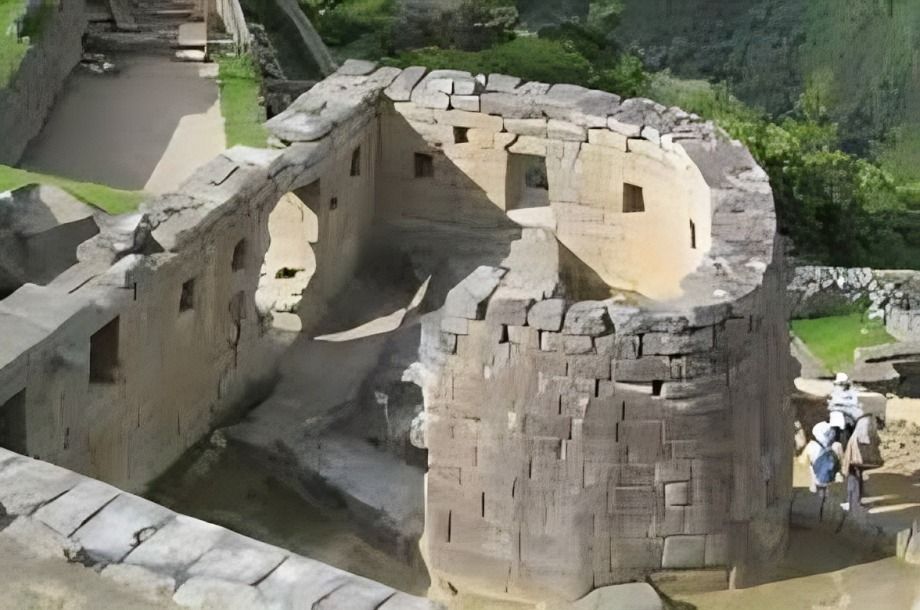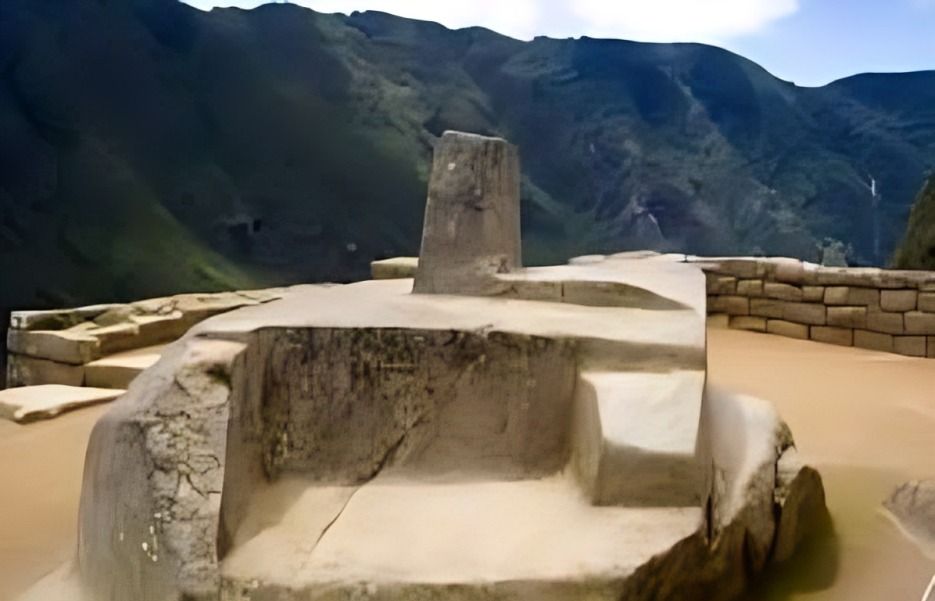
“
Machu Picchu, the breathtaking ancient Incan city in the Andes Mountains of Peru, is a marvel of engineering and mystery. Built in the 15th century, this UNESCO World Heritage Site attracts millions of visitors yearly, all eager to explore its unique stone structures and terraces, constructed without modern tools or mortar. In this blog, we’ll explore 20 fascinating facts about Machu Picchu, uncovering the history, mysteries, and architectural feats that make it a must-see destination.1
1
”
Machu Picchu, built in the 15th century by the Inca emperor Pachacuti, served as a royal estate and spiritual site, nestled high in the Andes mountains at 7,970 feet above sea level. 1
Often called the "Lost City of the Incas," Machu Picchu remained hidden from outsiders until American explorer Hiram Bingham rediscovered it in 1911, bringing global attention to this ancient wonder. 2
The site’s precise stone construction uses no mortar, with each stone cut to fit tightly, a technique called ashlar masonry that helped Machu Picchu withstand earthquakes in this seismic region. 3
Machu Picchu is divided into two main areas: the agricultural zone with terraces for farming, and the urban sector, which includes temples, houses, and observatories, reflecting Inca city planning. 4

The Temple of the Sun, one of Machu Picchu’s most significant structures, aligns with the June solstice sunrise, showcasing the Incas’ advanced understanding of astronomy and celestial events.
Machu Picchu was added to UNESCO’s World Heritage list in 1983, acknowledging its outstanding universal value and preserving its cultural and historical significance for future generations.5
Machu Picchu’s terraces were crucial for preventing landslides. These agricultural terraces also allowed the Incas to grow crops at high altitudes, maximizing the region’s agricultural productivity. 6
The exact purpose of Machu Picchu remains a mystery, with theories suggesting it served as a royal retreat, ceremonial site, or astronomical observatory for the Inca elite. 7
The Sacred Plaza, an important gathering place in Machu Picchu, features iconic structures like the Principal Temple, known for its large stones and earthquake-resistant architecture. 8

Intihuatana, a ritual stone believed to connect with the sun god, was used by the Incas for ceremonies. Its name means “Hitching Post of the Sun” in the Quechua language.
Machu Picchu’s Inca Trail, a 26-mile hike through the Andes, includes breathtaking mountain views, ancient ruins, and culminates with a sunrise entrance at the Sun Gate overlooking the site. 9
The Incas constructed a complex water system in Machu Picchu, including 16 fountains fed by a natural spring, ensuring fresh water access throughout the city for residents and ceremonies. 10
Machu Picchu’s architecture incorporates natural rock formations, blending buildings seamlessly with their mountain surroundings, reflecting the Incas’ deep respect for the landscape and environment. 11
The Inca civilization lacked written records, leaving Machu Picchu shrouded in mystery, as much of what is known comes from archaeological research, oral history, and educated speculation. 12
Machu Picchu's original name is unknown; “Machu Picchu” means “Old Mountain” in Quechua, referring to the site’s mountain location rather than an official name from the Inca period. 13
The construction of Machu Picchu required immense manpower, with estimates suggesting thousands of workers transported stones, built terraces, and erected structures using rudimentary tools. 14
Machu Picchu’s biodiversity includes rare plants, birds, and animals like the Andean condor and the spectacled bear, flourishing in the surrounding cloud forest ecosystem unique to this region. 15
Annual visitor limits aim to protect Machu Picchu’s fragile environment. The site faces conservation challenges from erosion, overcrowding, and natural weathering due to its growing popularity.16
Machu Picchu’s iconic status has inspired numerous films, documentaries, and books, becoming a symbol of Inca ingenuity and attracting millions of visitors seeking adventure and cultural insight. 17


